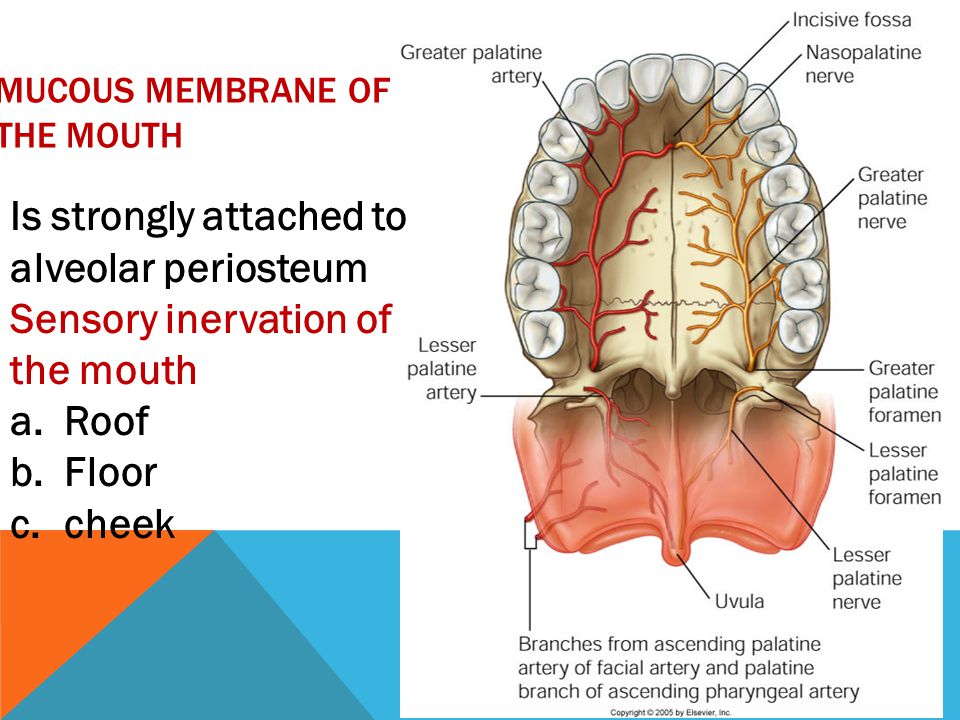Mucous In The Mouth
Also known as the oral cavity, the mouth is the hollow cavity that allows food and air to enter the body. The mouth contains many other organs – such as the teeth, tongue, and the ducts of the salivary glands – that work together to …

Mouth: Mouth,, in human anatomy, orifice through which food and air enter the body. The mouth opens to the outside at the lips and empties into the throat at the rear; its boundaries are defined by the lips, cheeks, hard and soft palates, and glottis.


When tonsils become infected, the condition is called tonsillitis. Tonsillitis symptoms can include difficulty swallowing, stomachaches, and a very sore throat.

A mucous membrane or mucosa is a membrane that lines various cavities in the body and covers the surface of internal organs. It consists of one or more layers of epithelial cells overlying a layer of loose connective tissue.

Common mouth problems include cold sores, canker sores, thrush, dry mouth, and bad breath. Discover information on all of these common disorders.
© 2009 American Dental Association. All rights reserved. Tooth Whitening/Bleaching: Treatment Considerations for Dentists and Their Patients ADA Council on Scientific Affairs

The mouth (oral cavity) consists of several components, including the teeth, gingiva (gums), tongue, palate, cheeks, lips and floor of the mouth.
p. 2 The substance may be toxic to the reproductive system, mucous membranes, skin, eyes, Urinary System. Repeated or prolonged exposure to the substance can produce target organs damage.


Transmission of rabies virus usually begins when infected saliva of a host is passed to an uninfected ; most commonly through a bite. All mammals are susceptible to rabies; but only a few species are important reservoirs for the disease.
